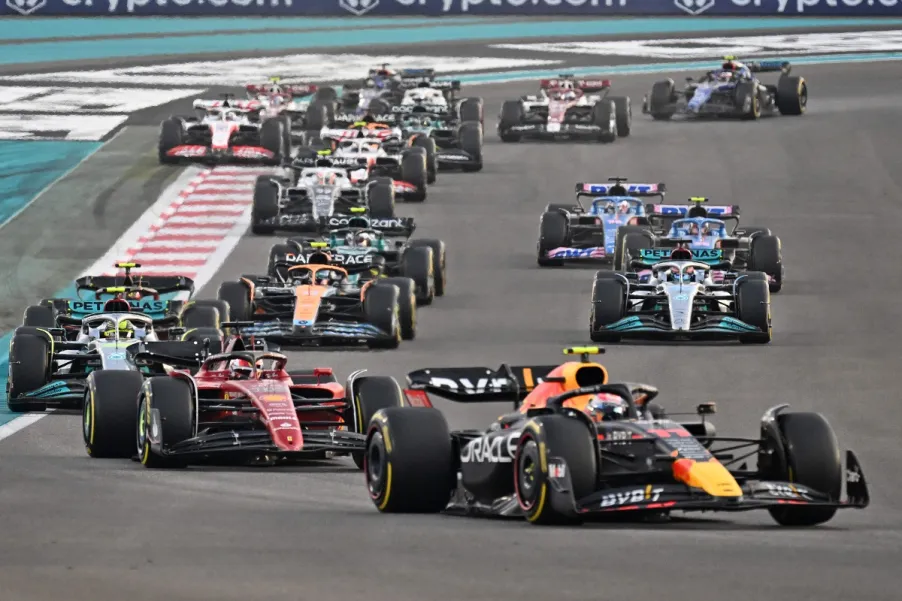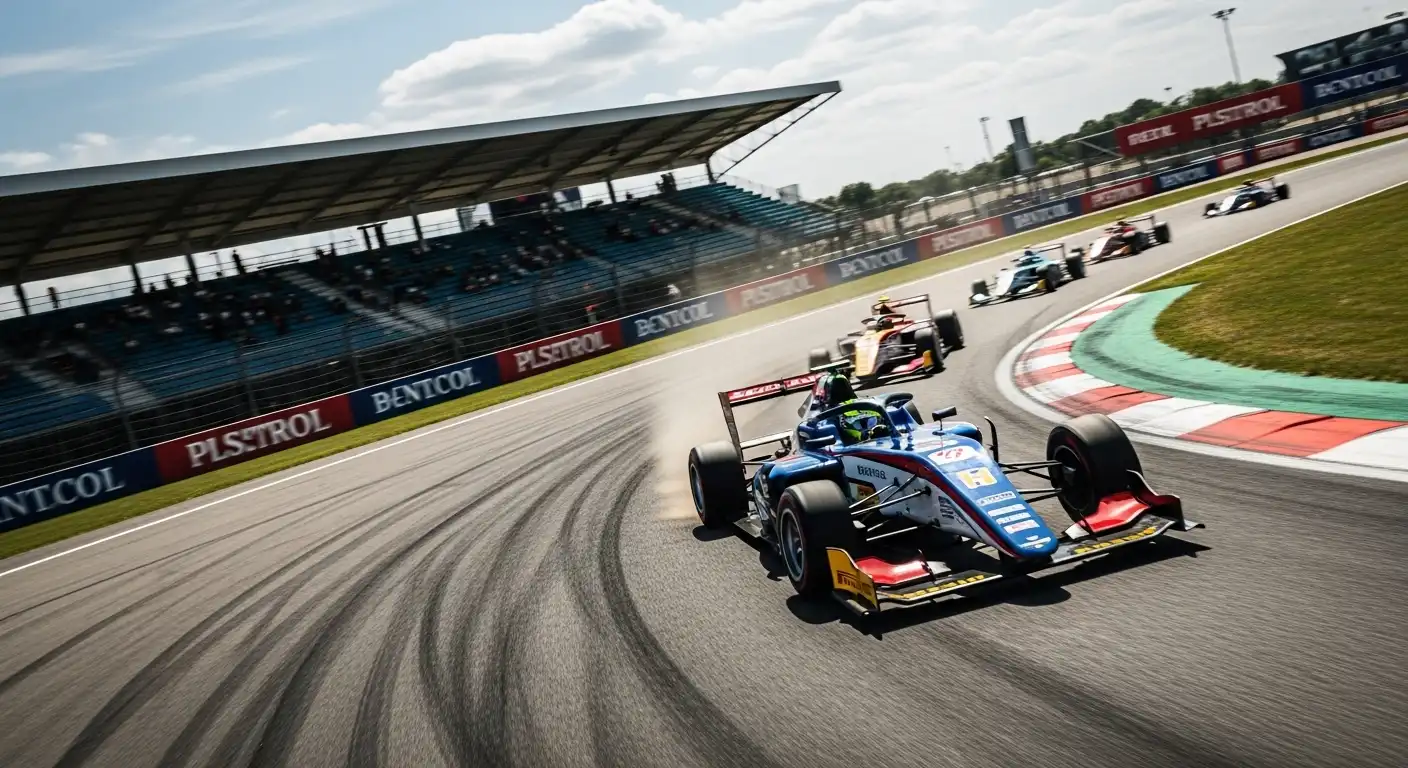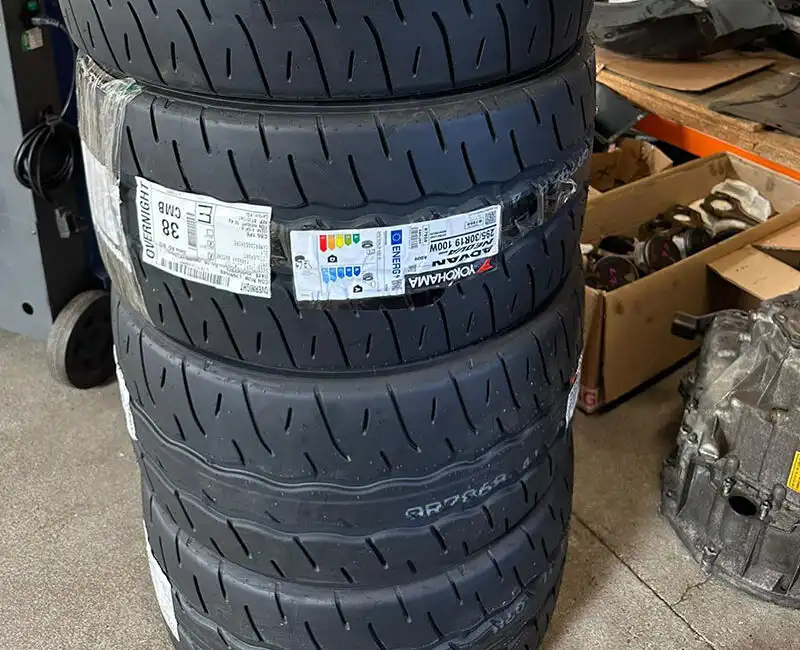Formula 1 (F1) is one of the most thrilling and technically advanced motorsports in the world, attracting millions of fans and viewers across the globe. If you’re new to the sport, you might be wondering what all the excitement is about. With its rich history, cutting-edge technology, and high-speed action, F1 is much more than just racing—it’s a spectacle of speed, strategy, and skill.
In this beginner’s guide, we’ll break down everything you need to know to get started with Formula 1, including how the sport works, the teams and drivers, key terminology, and how to enjoy the races. Whether you’re planning to watch your first Grand Prix or dive into the intricacies of F1, this guide will help you navigate the world of Formula 1.
1. What Is Formula 1?
Formula 1 is the highest level of open-wheel single-seater car racing in the world. It consists of a series of races, known as Grands Prix, that take place on both permanent race tracks and temporary street circuits in various countries. The competition is managed by the Fédération Internationale de l’Automobile (FIA), the governing body for motorsport worldwide.
Each season, teams and drivers compete for the World Drivers’ Championship and the World Constructors’ Championship. The races are fast, intense, and packed with strategy, requiring both technical precision from the drivers and their teams and significant engineering innovation to succeed.
2. How the F1 Season Works
An F1 season typically spans from March to December, featuring a series of races held in different countries. The calendar includes around 20 to 23 Grands Prix each season, with iconic races like the Monaco Grand Prix, the British Grand Prix, and the Italian Grand Prix.
Key Points About the Season:
-
Points System: Drivers and teams earn points based on their finishing position in each race. The winner gets 25 points, second place gets 18 points, and the points decrease down to 10th place. This is crucial in determining the championship standings.
-
Practice, Qualifying, and Race: Each Grand Prix weekend typically starts with practice sessions to help drivers familiarize themselves with the track. Qualifying then takes place to determine the starting grid for the race. The race itself is usually held on Sunday and can last up to 2 hours or 305 kilometers (190 miles).
-
Sprint Races: In some events, there’s a Sprint Race, a shorter race held on Saturdays, which determines the starting grid for the main race.
3. The Teams and Drivers
F1 is home to some of the best drivers and teams in motorsport. There are currently 10 teams competing in the championship, each with two drivers. Some teams, like Ferrari, Mercedes, and Red Bull Racing, are household names, while others are emerging challengers.
Notable Teams in F1:
-
Mercedes-AMG Petronas Formula One Team: Known for dominating the turbo-hybrid era with drivers like Lewis Hamilton.
-
Scuderia Ferrari: One of the oldest and most successful teams in the sport, with a rich history of success.
-
Red Bull Racing: A recent powerhouse in F1, having won multiple championships with drivers like Sebastian Vettel and Max Verstappen.
-
McLaren: Another storied team, known for its technological innovations and success on the track.
Famous F1 Drivers:
-
Lewis Hamilton: One of the greatest drivers in the history of F1, Hamilton has won multiple world titles and is known for his fierce competition and leadership.
-
Max Verstappen: A young and dynamic talent, Verstappen has quickly become a dominant force in F1, winning his first World Drivers’ Championship in 2021.
-
Sebastian Vettel: A four-time World Champion with Red Bull Racing, Vettel is known for his precise driving and consistent performances.
-
Charles Leclerc: A rising star from Ferrari, Leclerc is one of the most talented and exciting drivers in the sport today.
4. Key Terminology in Formula 1
F1 has a unique set of terms that are crucial for understanding the sport. Here’s a glossary of some essential terms:
-
Grid: The starting lineup of cars for the race, based on the results of qualifying.
-
Pit Stop: A stop in the pits for refueling (now banned in most races), tire changes, and other maintenance during the race.
-
Overtaking: The act of passing another car during a race.
-
DRS (Drag Reduction System): A device on the car that reduces aerodynamic drag, allowing a driver to pass another car more easily during designated sections of the track.
-
Safety Car: A car that is deployed during a race to neutralize the field if there’s an accident or debris on the track.
-
Slipstreaming: The technique of driving closely behind another car to reduce aerodynamic drag and increase speed.
5. The Cars and Technology
F1 cars are highly advanced machines designed for maximum performance. These cars are incredibly lightweight, powerful, and aerodynamic. They’re powered by hybrid engines that combine internal combustion and electrical energy, producing over 1,000 horsepower.
Key Components of F1 Cars:
-
Aerodynamics: The design of the car is focused on maximizing downforce (which helps grip the track) and minimizing drag (which slows the car down).
-
Tires: F1 tires are essential for performance. Different types are used depending on weather conditions and race strategies (soft, medium, and hard compounds, as well as wet tires for rain).
-
Hybrid Power Units: F1 uses a combination of internal combustion engines and hybrid electric motors, creating a powerful and fuel-efficient system.
-
Suspension and Steering: F1 teams use highly sophisticated suspension systems to keep the car stable and responsive on tight corners at high speeds.
6. How to Watch a Formula 1 Race
Watching F1 races is an exciting experience, and with so many ways to follow the sport, it’s never been easier to stay engaged.
Where to Watch:
-
TV Broadcast: Most races are televised on major sports networks such as ESPN, Sky Sports, or other regional sports networks. In some countries, F1 has its own dedicated streaming service called F1 TV, which offers exclusive content, race replays, and live coverage.
-
Online Streaming: Many online platforms, including F1’s official website, offer live race streams and up-to-date news about the championship.
-
Race Schedule: Make sure to check the race calendar to see when the next Grand Prix is scheduled and the local times for the races.
7. Understanding Race Strategy
F1 races are not just about speed—they also require careful planning, strategy, and timing. Teams develop race strategies based on factors like tire wear, weather, and track conditions.
Pit Stops and Tire Strategy:
-
Tire Strategy: Teams will choose the best tires based on track conditions (dry, wet, or intermediate), and managing tire wear throughout the race is critical for success.
-
Pit Stops: A well-timed pit stop can change the course of a race. Teams need to make quick decisions about when to change tires or adjust settings to gain an advantage.
Team Radio and Communication:
-
F1 drivers rely heavily on communication with their teams via radio during the race. These conversations help the team make real-time decisions about strategy, tire changes, and when to push for a fast lap.
8. The Thrill of the Race: What to Expect
Whether you’re watching from the comfort of your home or attending a live Grand Prix, Formula 1 races are packed with action, drama, and excitement. Expect to see:
-
High-speed racing: F1 cars can reach speeds over 200 mph, offering thrilling on-track action.
-
Close racing: The strategic nature of F1 means that races often come down to the final laps, with drivers pushing to gain every advantage.
-
Incredible skill and precision: F1 drivers are some of the most talented athletes in the world, capable of performing at the highest level under immense pressure.
9. Conclusion: Dive Into the World of Formula 1
Formula 1 is an exhilarating sport that offers high-speed action, cutting-edge technology, and a wealth of strategy. Whether you’re drawn to the excitement of the races or fascinated by the engineering marvels behind the cars, F1 is a sport that rewards both casual fans and die-hard enthusiasts.
Now that you know the basics, it’s time to start following the races, learning more about your favorite teams and drivers, and enjoying the thrill of Formula 1. Stay tuned for more exciting races this season and experience why Formula 1 is one of the most captivating sports in the world!
At AutoSportInfo.com, we’re dedicated to bringing you the latest news, insights, and analysis from the world of motorsport. Keep following us for all the updates, and get ready for an action-packed season of Formula 1!



